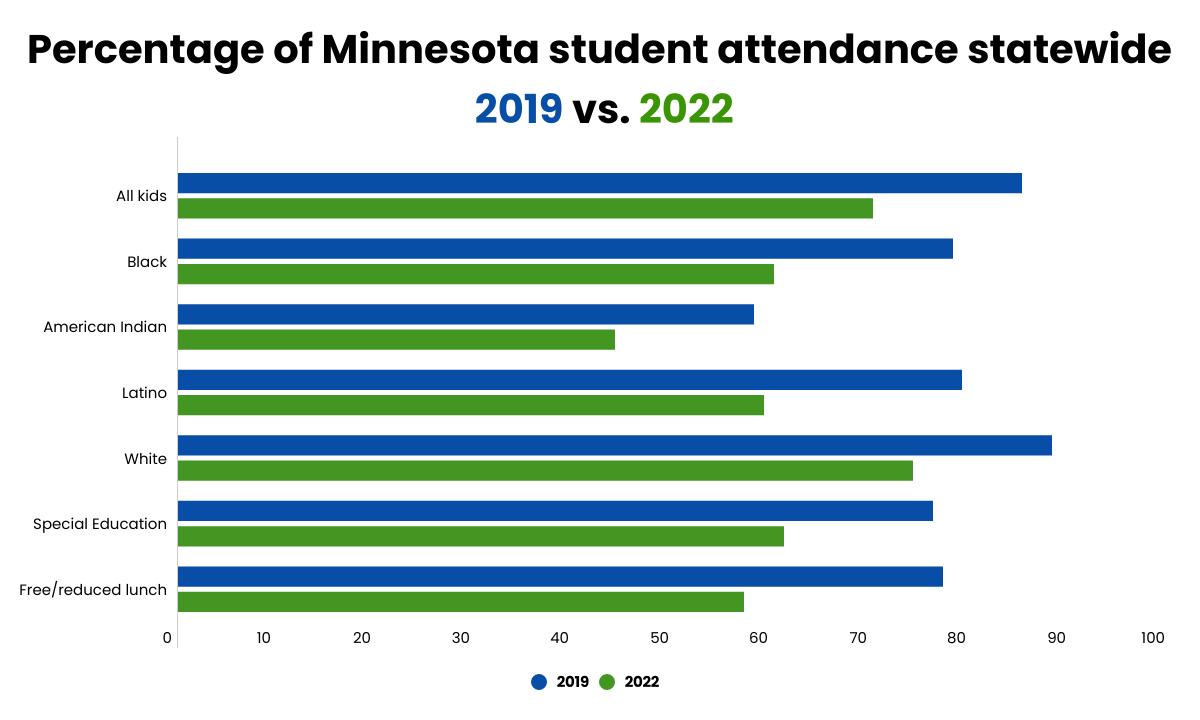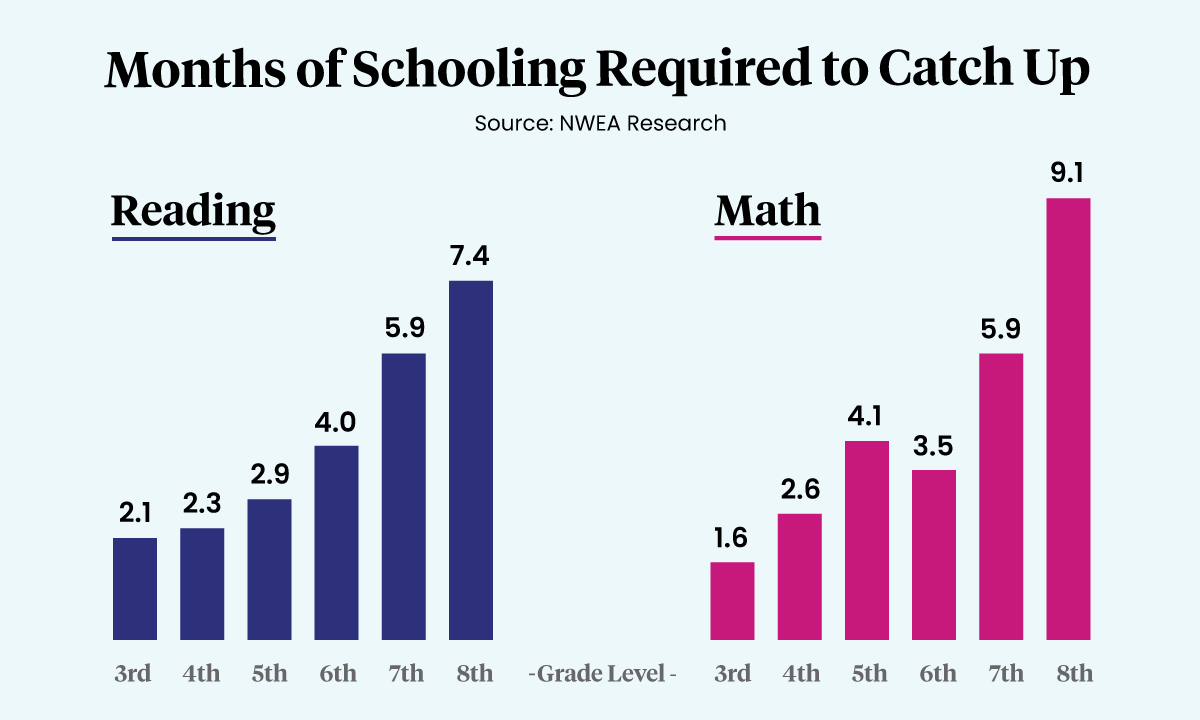What is the Average College Debt After 4 Years? : Shocking Statistics Revealed
The average college debt after 4 years is typically around $26,000. Many students strive to pursue a higher education, but the reality of college expenses can be daunting.
With tuition fees continuously rising, it is no surprise that students are often burdened with substantial debts upon graduation. The average college debt after 4 years is a staggering $26,000, placing a significant financial strain on graduates as they enter the workforce.
This debt can have long-lasting effects on their financial stability and ability to achieve other life goals, such as buying a home or starting a family. Understanding the average college debt is crucial for students and their families when planning for higher education, as it allows them to make informed decisions regarding financing options and potential future repayment strategies.

Credit: www.the74million.org
The Impact Of College Debt
The Impact of College DebtCollege debt has become a significant challenge for many students and graduates, with the average amount skyrocketing in recent years. This financial burden not only affects individuals but also has wider implications on the economy and society as a whole. In this section, we will explore the rising tuition costs and the burden college debt places on graduates.
Rising Tuition Costs
College tuition costs have been soaring relentlessly in recent decades. According to a report by the College Board, the average cost of tuition and fees at public four-year institutions has more than doubled since the early 1990s. This steep increase can be attributed to various factors, including inflation, decreased state funding for higher education, and the growing demand for college degrees.
The rise in tuition costs has far outpaced the rate of inflation and wage growth in recent years. This means that students and their families are shouldering a larger financial burden when it comes to paying for college. As a result, many students turn to loans to finance their education, contributing to the overall debt crisis.
Burden On Graduates
The burden of college debt weighs heavily on graduates as they enter the workforce. With the average debt load increasing year after year, many graduates find themselves facing decades of repayments. This not only affects their immediate financial situation but also impacts their long-term prospects for wealth accumulation and financial stability.
College debt can significantly limit graduates’ choices and opportunities. Instead of being able to invest in their future, graduates are often forced to prioritize loan repayments, delaying important life milestones such as homeownership, starting a family, or pursuing advanced degrees. The negative consequences of college debt ripple through various aspects of graduates’ lives, contributing to increased stress, mental health issues, and overall economic inequality.
Furthermore, college debt has wider implications for the economy and society as a whole. A generation saddled with significant debt may have reduced purchasing power, which in turn affects consumer spending and economic growth. The burden of college debt can also exacerbate existing social inequalities, making it harder for low-income students to access higher education and perpetuating cycles of poverty.
It is clear that college debt has a profound impact on individuals, communities, and the economy as a whole. Understanding the rising tuition costs and the burden it places on graduates is crucial in finding solutions to this ongoing crisis.

Credit: www.panmacmillan.com
Average Debt After Four Years
The average debt after four years of college is a concern for many students and their families. Understanding the national average and the variations by state can help you make informed decisions about your education and financial future. Here’s what you need to know:
National Average
The national average debt after four years of college is a topic that often sparks alarm and anxiety. According to recent data, the average student loan debt for graduates in the United States is around $30,000. This figure represents the cumulative debt students accrue during their undergraduate studies, including both public and private colleges.
However, it is essential to note that this is an average, and individual experiences can vary significantly. Some students may graduate with less debt, while others may carry a higher burden. This average serves as a benchmark to understand the broader landscape of student debt in the country.
Variations By State
When looking at average debt after four years of college, it’s crucial to consider the variations that exist across different states. Student loan debt can be influenced by factors such as college tuition costs, state financial aid programs, and the availability of scholarships.
Here is a breakdown of some states with the lowest and highest average student loan debt:
| State | Average Debt |
|---|---|
| North Dakota | $26,000 |
| Utah | $27,000 |
| New Mexico | $30,500 |
| New Hampshire | $36,000 |
| Connecticut | $38,000 |
As you can see, the average debt varies significantly from state to state. Students in states like North Dakota and Utah tend to have lower average debt levels, while those in Connecticut and New Hampshire face higher financial burdens.
It’s crucial to research and consider these variations when planning for your college education. Understanding the average debt after four years can help you make informed decisions about college affordability, scholarships, financial aid, and potential loan repayment strategies.
Factors Contributing To Debt
After four years, students typically face significant college debt due to various factors such as tuition costs, living expenses, and interest rates on loans. The average college debt after four years can amount to several thousand dollars, creating a financial burden for many graduates.
Factors Contributing to Debt When it comes to college debt, several factors contribute to the average amount students accumulate over four years. Understanding these factors can help students and families make informed decisions about their financial plans for higher education. Some of the key contributors to college debt include tuition and fees, room and board costs, and textbooks and supplies.Tuition And Fees
Tuition and fees are among the primary contributors to college debt. As the foundation of a student’s educational expenses, tuition costs can vary considerably based on the type of institution, program of study, and residency status. Public universities generally offer lower tuition rates for in-state students compared to out-of-state or private institutions. In addition, mandatory fees for services and facilities can significantly impact the overall cost of attendance.Room And Board Costs
Room and board costs represent another substantial aspect of college expenses. For students living on campus, the cost of accommodation and meal plans can add significantly to their overall debt. Living off-campus may offer more flexibility and potentially lower costs, although students must consider rent, utilities, groceries, and other living expenses when calculating their budget.Textbooks And Supplies
Textbooks and supplies are essential for academic success but can also contribute to student debt. The high cost of textbooks, technology requirements, access codes, and other academic materials can strain a student’s finances. Furthermore, the constant need for updated editions and resources in various courses can lead to additional expenses over the course of a four-year degree program. In addition to these primary factors, other expenses such as transportation, personal expenses, and unforeseen emergencies can also influence a student’s debt accumulation during their college experience. Understanding these contributing factors can help students and families better prepare for the financial challenges of higher education.Consequences Of High Debt
The average college debt after four years can have serious consequences. High levels of debt can lead to financial stress, limited job prospects, and delayed financial milestones for graduates. It is important to carefully consider the cost of education and explore alternatives such as scholarships, grants, and work-study programs to minimize the burden of debt.
Impact On Financial Future
Mounting college debt can have long-term consequences that extend far beyond graduation. For many students, the burden of high debt can impact their financial future in significant ways.
Firstly, an increased debt load can hinder a graduate’s ability to achieve their financial goals, such as buying a home or starting a family. With large monthly loan payments, it becomes challenging to save for down payments or afford mortgage payments.
In addition, high college debt can limit a graduate’s options when it comes to career choices and job opportunities. Rather than pursuing their passion or accepting a lower-paying but personally fulfilling job, many graduates are forced to prioritize positions with higher salaries in order to keep up with their loan repayments.
This can result in fewer opportunities for personal and professional growth, as individuals feel compelled to choose the path that offers the most financial stability, rather than following their true interests and passions. Ultimately, this may lead to job dissatisfaction and a feeling of being trapped in a career they are not passionate about.
Besides limiting career choices, high debt can also prevent graduates from saving for retirement. With a significant portion of their income going towards loan payments, there is little left for retirement savings, leaving many graduates worried about their financial security in the future.
Mental And Emotional Stress
The consequences of high college debt extend beyond the financial realm and can also impact the mental and emotional well-being of graduates.
The weight of debt can cause increased stress levels and anxiety, as graduates constantly worry about how they will manage their loan repayments and meet their financial obligations. This prolonged stress can negatively affect their mental health and overall quality of life.
Besides stress, high debt can also lead to feelings of shame, inadequacy, and self-doubt. Graduates may compare themselves to their peers who are debt-free or have lower levels of debt, feeling as though they have made a wrong financial decision or somehow failed in their college journey.
The psychological toll of this debt burden can impact self-esteem and mental well-being, causing emotional distress and even depression. Graduates may experience a constant sense of worry and pressure, questioning their ability to ever overcome the financial obstacles that college debt presents.
In conclusion, the consequences of high college debt are far-reaching and can impact graduates’ financial future as well as their mental and emotional well-being. It is crucial for students and their families to thoroughly consider the implications of borrowing for education and to explore alternative options to prevent the long-lasting effects that burdensome debt can have in the future.
Strategies For Managing Debt
College can be an exciting time for students, but it can also come with a hefty price tag. With the average college debt after four years continuing to rise, it’s crucial to have a plan for managing your student loans. By implementing strategies like exploring financial aid options, budgeting, and improving financial literacy, you can take control of your debt and set yourself up for a more secure financial future.
Financial Aid Options
- Scholarships and grants: Consider applying for scholarships and grants, which can provide free money to help pay for your education. Many organizations offer scholarships based on academic achievements, talents, or specific demographics.
- Federal student loans: Explore federal student loans such as Stafford Loans or Perkins Loans. These loans often have lower interest rates and more flexible repayment options compared to private loans.
- Work-study programs: If you’re eligible, enroll in a work-study program that allows you to earn money for your education while gaining valuable work experience.
Budgeting And Financial Literacy
Creating a budget and improving your financial literacy are essential skills for managing college debt. Here are some tips to get started:
- Track your expenses: Keep a record of all your expenses to understand where your money is going. This will help you identify areas where you can cut back and save.
- Set financial goals: Determine your short-term and long-term financial goals. This will give you a clear focus and motivate you to make smart financial decisions.
- Save money: Look for ways to save money, such as buying used textbooks, cooking meals at home, or carpooling with friends.
- Improve financial literacy: Educate yourself about personal finance topics like budgeting, credit scores, and student loan repayment options. Understanding these concepts will empower you to make informed financial decisions.

Credit: www.nature.com
Frequently Asked Questions Of What Is The Average College Debt After 4 Years?
What Is The Average College Debt After 4 Years?
The average college debt after 4 years is around $29,000 per student. This includes tuition fees, living expenses, and other educational costs accumulated throughout their college years. It’s crucial to carefully plan and consider financial options to manage this burden effectively.
How Does College Debt Affect Students’ Future?
College debt can significantly impact students’ future financial stability. It can limit their ability to save, invest, or make important life decisions like purchasing a home or starting a family. Additionally, high college debt can lead to increased stress and job dissatisfaction for graduates who may feel obligated to take higher-paying jobs instead of pursuing their passion.
Are There Ways To Reduce College Debt?
Yes, there are ways to reduce college debt. Students can apply for scholarships and grants, work part-time during their studies, or attend community college before transferring to a four-year institution. Additionally, exploring alternative education options like online degree programs might also help minimize the financial burden of college debt.
Conclusion
The average college debt after four years can weigh heavily on students. It’s important to be smart about financing education. Understanding the potential long-term impacts of college debt is crucial. By making informed decisions, students can minimize the financial burden and set themselves up for a more secure future.
{ “@context”: “https://schema.org”, “@type”: “FAQPage”, “mainEntity”: [ { “@type”: “Question”, “name”: “What is the average college debt after 4 years?”, “acceptedAnswer”: { “@type”: “Answer”, “text”: “The average college debt after 4 years is around $29,000 per student. This includes tuition fees, living expenses, and other educational costs accumulated throughout their college years. It’s crucial to carefully plan and consider financial options to manage this burden effectively.” } } , { “@type”: “Question”, “name”: “How does college debt affect students’ future?”, “acceptedAnswer”: { “@type”: “Answer”, “text”: “College debt can significantly impact students’ future financial stability. It can limit their ability to save, invest, or make important life decisions like purchasing a home or starting a family. Additionally, high college debt can lead to increased stress and job dissatisfaction for graduates who may feel obligated to take higher-paying jobs instead of pursuing their passion.” } } , { “@type”: “Question”, “name”: “Are there ways to reduce college debt?”, “acceptedAnswer”: { “@type”: “Answer”, “text”: “Yes, there are ways to reduce college debt. Students can apply for scholarships and grants, work part-time during their studies, or attend community college before transferring to a four-year institution. Additionally, exploring alternative education options like online degree programs might also help minimize the financial burden of college debt.” } } ] }